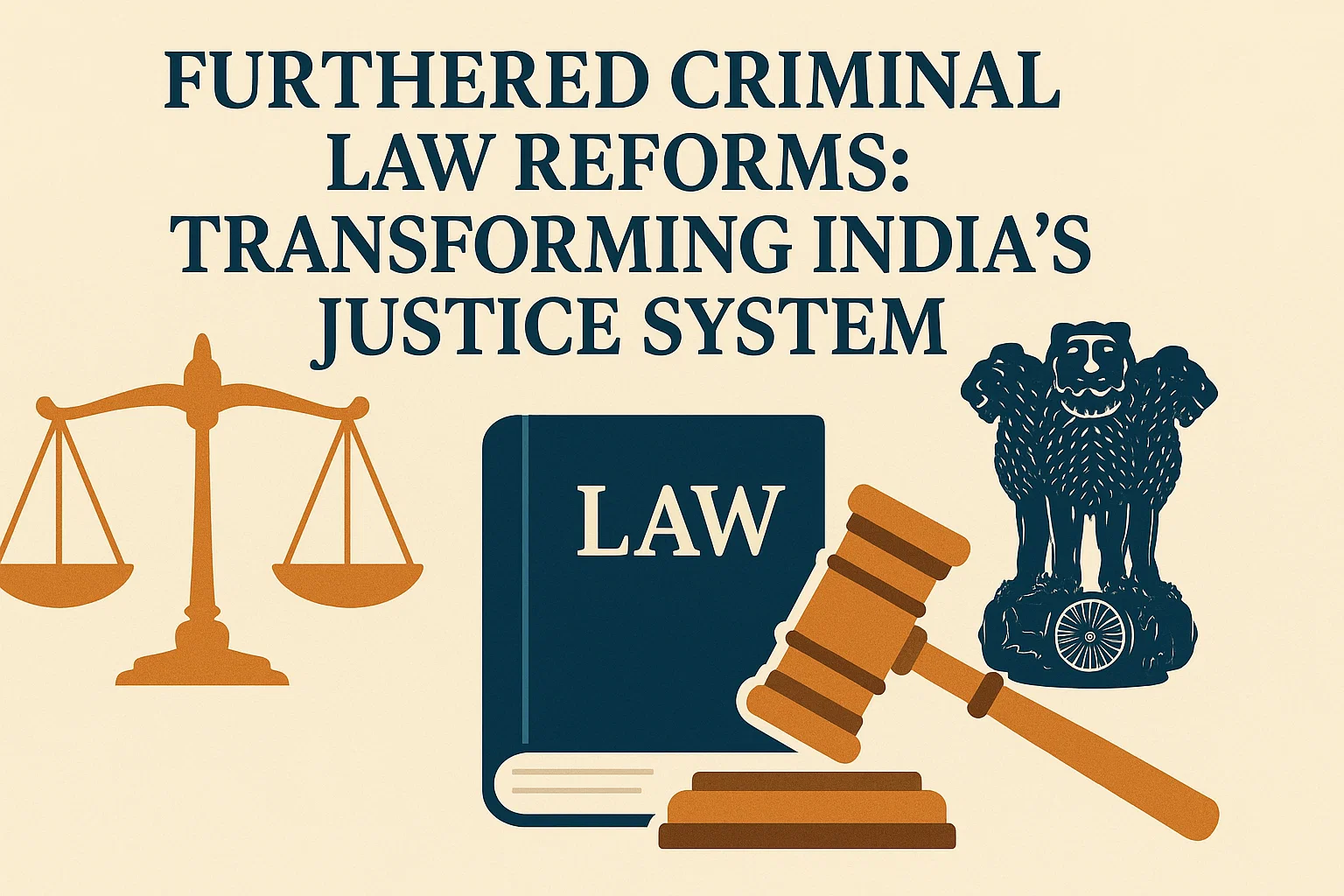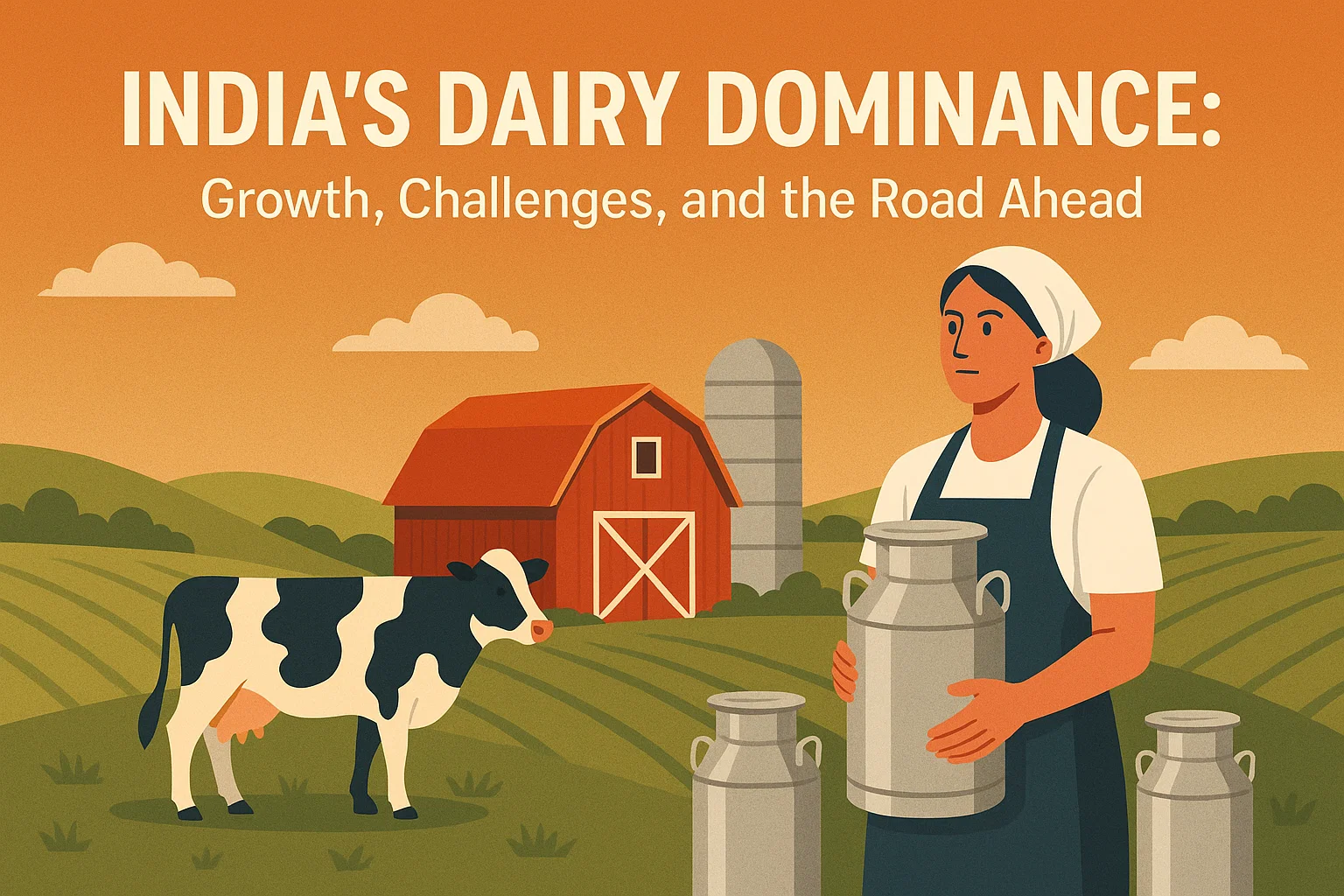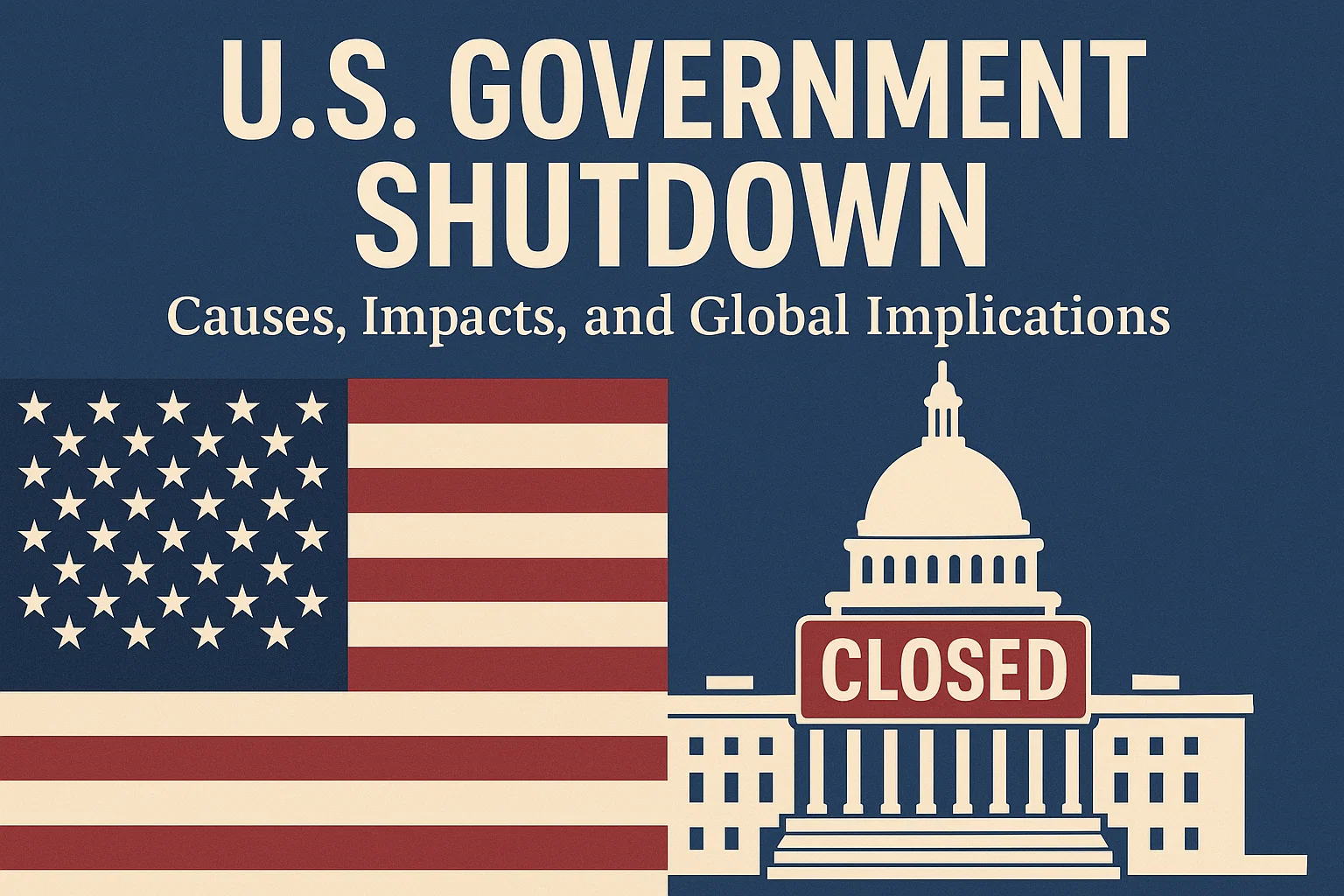Mapping the History Syllabus for UPSC Mains
Explore the full UPSC Mains History syllabus, including GS Paper I and History Optional Papers I & II. Covers Ancient, Mediaeval, Modern Indian History, World History, and Art & Culture with key topics, sources, answer writing tips, and recommended books for UPSC aspirants.
Introduction
History plays a vital role in UPSC Mains, especially in General Studies Paper I and as a popular optional subject. Aspirants are expected not just to memorise facts but to analyse, compare, and evaluate historical developments across time periods. The history syllabus for UPSC Mains is vast and interdisciplinary, spanning Ancient, Medieval, and Modern India, Indian culture, and World History post-18th century. Mastering this domain requires clear understanding, proper mapping of themes, and targeted preparation strategies.
Breakdown of UPSC Mains History Syllabus
The UPSC syllabus mentions history in two core parts:
- GS Paper I (Compulsory for all candidates)
- History Optional Paper I & II (Only for aspirants who select History as an optional subject)
Part I: General Studies Paper I – History Component
A. Ancient Indian History Syllabus for UPSC Mains
Key Themes:
- Stone Age cultures: Palaeolithic, Mesolithic, Neolithic, Chalcolithic
- Harappan Civilization: Urban planning, script, economy, decline
- Vedic culture: Early and Later Vedic periods, polity, society, religion
- Rise of Janapadas and Mahajanapadas
- Teachings and spread of Buddhism and Jainism
- Mauryan Empire: Chandragupta Maurya, Kautilya, Ashoka’s Dhamma
- Post-Mauryan developments: Shungas, Kanvas, Indo-Greeks, Kushanas, Satavahanas
- Sangam Age: Literature, society, trade, polity
- Gupta Age: Art, architecture, literature, science, administration
- Harsha’s rule: Society, economy, religion
Strategy:
- Correlate archaeological and literary sources
- Mention inscriptions, coins, and foreign accounts (e.g., Megasthenes, Xuanzang)
- Focus on cultural developments, not just dynastic chronology
B. Medieval Indian History Syllabus for UPSC Mains
Major Topics:
- Foundation of Delhi Sultanate, Slave to Lodi dynasties
- Administration under Sultans and Mughals
- Bhakti and Sufi movements
- Vijayanagar and Bahmani kingdoms
- Mughal Empire: Administration, land revenue, culture
- Maratha polity under Shivaji
- Religious tolerance policies of Akbar and others
Strategy:
- Draw comparisons between centralised and decentralised governance
- Emphasise art and architecture (Indo-Islamic synthesis)
- Understand social changes via Bhakti-Sufi literature
C. Modern Indian History Syllabus for UPSC Mains
Essential Areas:
- Advent of Europeans and British expansion
- Economic policies of British and their consequences (deindustrialisation, drain theory)
- Revolt of 1857 and its nature
- Rise of Indian nationalism – early and assertive phases
- Revolutionary movements in India and abroad
- Role of Gandhian movements (Non-Cooperation, Civil Disobedience, Quit India)
- Left movements, tribal and peasant uprisings
- Integration of princely states and framing of the Constitution
Strategy:
- Use timeline-based notes for quick revision
- Interlink with Ethics and Polity topics (constitutional developments)
D. Indian Art and Culture
Themes as per UPSC syllabus:
- Architecture (rock-cut, temple, Indo-Islamic)
- Sculpture, painting, performing arts
- Literary traditions (Sanskrit, Prakrit, Tamil, Persian)
- Philosophical schools (Nyaya, Vedanta, Jain, Buddhist)
Strategy:
- Use diagrams and charts to consolidate architecture styles
- Integrate topics with Ancient and Medieval history
E. World History (1750–1991)
Important Themes:
- Industrial Revolution and rise of capitalism
- Revolutions: American, French, Russian, Chinese
- Unification of Germany and Italy
- Colonialism and decolonisation
- World Wars: Causes and consequences
- Cold War, NAM, UN and Bretton Woods institutions
Strategy:
- Use flowcharts and comparison tables (e.g., capitalism vs socialism)
- Include maps and timelines
Part II: History Optional Paper I and II (Detailed Mapping)
The UPSC History Optional Syllabus is divided into:
- Paper I: Ancient and Medieval India
- Paper II: Modern India and World History
Paper I: Ancient and Medieval India
Unit 1: Sources
- Literary sources: Vedas, Puranas, epics, Buddhist and Jain texts
- Archaeological sources: Inscriptions, monuments, coins
- Foreign travellers: Megasthenes, Fa-Hien, Hiuen Tsang
Unit 2: Prehistory to Post-Vedic
- Stone Age to Chalcolithic
- Early Vedic and Later Vedic society
Unit 3: Rise of States and Religions
- Mahajanapadas
- Buddhism and Jainism – doctrine, spread
- Mauryan state and economy
- Ashokan edicts
Unit 4: Early Historic and Classical Age
- Satavahanas, Kushanas, Sangam polity
- Gupta Age – polity, economy, society, science, culture
Unit 5: Early Medieval India
- Harsha and regional kingdoms
- Pallavas, Chalukyas, Rashtrakutas
- Agrarian economy, feudalism debates
Unit 6: Delhi Sultanate and Provincial Kingdoms
- Slave, Khalji, Tughlaq, Sayyid, Lodi dynasties
- Administration, economy, society
Unit 7: Vijayanagar and Bahmani States
Unit 8: Bhakti and Sufi Movements
- Doctrines, literature, saints, social impact
Paper II: Modern India and World History
Unit 1: Decline of Mughals and British Expansion
- Battles, policies (Subsidiary Alliance, Doctrine of Lapse)
Unit 2: Socio-Religious Reform Movements
- Raja Ram Mohan Roy, Swami Vivekananda, Sir Syed Ahmad Khan
- Caste reform, women’s movements
Unit 3: Freedom Struggle
- Moderates, Extremists, Revolutionaries
- Gandhian phase: Civil Disobedience, Round Table Conferences
- Subhas Chandra Bose and INA
Unit 4: Post-Independence India
- Integration of states, Nehruvian vision
- Linguistic reorganisation, Five-Year Plans
Unit 5: World History Themes
- Enlightenment, French and American Revolutions
- World Wars
- Cold War and international relations
- Decolonisation in Africa and Asia
UPSC History Syllabus – Answer Writing Tips
- Use headings and subheadings: They enhance readability and structure.
- Incorporate primary sources: Quotes from inscriptions, coins, and ancient texts support arguments.
- Compare perspectives: For instance, evaluate colonial vs nationalist narratives of 1857.
- Quote reputed historians:
- Romila Thapar on ancient India and historiography
- R.S. Sharma on caste, feudalism, and early Indian economy
- Bipan Chandra on nationalism and modern history
- Maintain coherence: Ensure the answer has a logical flow.
- Balance facts and analysis: Avoid just listing points.
Best Resources to Cover History for UPSC
For General Studies:
- NCERT Books (Class 6 to 12): Foundational clarity
- Tamil Nadu History Textbooks (Class 11 and 12): Concise summaries
- R.S. Sharma – India’s Ancient Past
- Satish Chandra – Mediaeval India
- Bipan Chandra – India’s Struggle for Independence
- Nitin Singhania – Indian Art and Culture
For History Optional:
- Upinder Singh – A History of Ancient and Early Mediaeval India
- A.L. Basham – The Wonder That Was India
- Satish Chandra – Mediaeval India (2 volumes)
- Sumit Sarkar – Modern India (1885–1947)
- Sekhar Bandyopadhyay – From Plassey to Partition
- Norman Lowe – Mastering Modern World History
- Arjun Dev and Indira Arjun Dev – Contemporary World History
Final Thoughts
Mapping the History syllabus for UPSC Mains is about understanding connections—between past events and present realities, between GS and Optional, and between facts and interpretations. A clear grasp of the structure helps you manage time, plan revision, and write with confidence.
Approach history not as a burden, but as a story waiting to be retold—with context, continuity, and critical insight.
Subscribe to our Youtube Channel for more Valuable Content – TheStudyias
Download the App to Subscribe to our Courses – Thestudyias
The Source’s Authority and Ownership of the Article is Claimed By THE STUDY IAS BY MANIKANT SINGH


